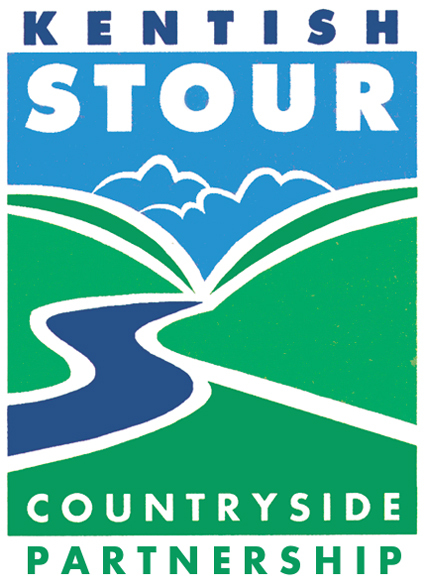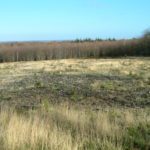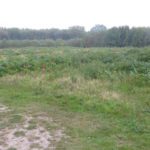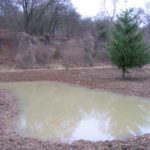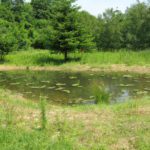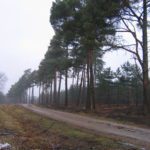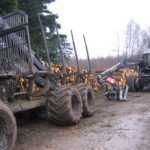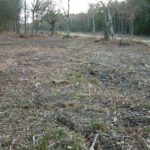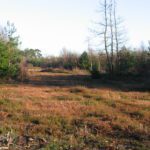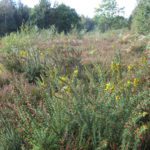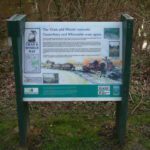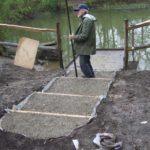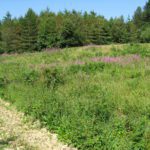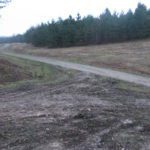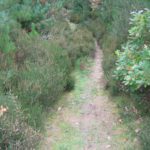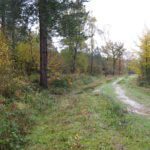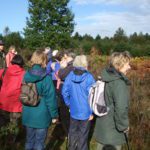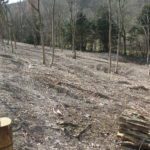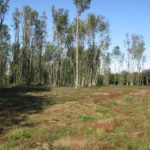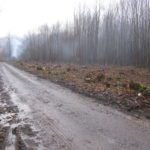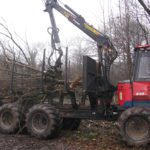Woodland Biodiversity Project
LOCATION:
Largely, but not exclusively, four Forestry Commission woods in our Partnership Area – King’s Wood, Clowes Wood, Denge & Eggringe Wood and Covert Wood.
DATE:
From 2000 to 2012. Although some projects are revisited to maintain.
WHAT WE DID:
This project was a long-term, major programme of biodiversity enhancements to these four large woodlands, creating and improving habitats for a variety of wildlife. We also did a lot of community engagement and access work to enhance visitor usage. Forestry work was largely carried out by contractors.
King’s Wood: We created and managed four ponds, several glades, including some large open areas, and widened several kilometres of woodland rides. To help important species we installed dormouse, bird and bat boxes, regularly monitored dormice, and surveyed plants, invertebrates, reptiles, amphibians and bats. KSCP actively participated in the Friends of King’s Wood group, and provided childrens art workshops, guided walks and community events. We also worked with Stour Valley Arts, based in King’s Wood, on maintaining sculptures and promoting the sculpture trail. We printed leaflets, installed interpretive panels and publicized activities.
Clowes Wood: We removed conifers, in many cases to create open habitats in the woodland – rides, glades and larger areas of heathland. On access, we installed steps, bridges and new waymarker posts, and cleared and surfaced footpaths. KSCP led the development of the Crab and Winkle Way cycle route through the woodland opening in 1999. We managed a number of ponds and installed a dipping platform. Our community work included events and guided walks and we also installed two interpretive panels about history and wildlife. We worked with Kent Bat Group, Archbishops School and the Crab and Winkle Line Trust on a project looking at bats.
Covert Wood: As in Clowes Wood we created and managed open habitats including wide rides, glades and new areas of heathland. Conifer removal and other felling and thinning took place. We provided events for the community.
Denge & Eggringe Wood: Work here included the creation and management of glades and several kilometres of wide rides and opening up Pennypot Lane, featured in the pictures below. Three guided walks for the public were provided.
- Wide rides
BENEFITS:
These woodlands are ancient but have been replanted in many areas – with sweet chestnut in the 18th century and with conifers in the 20th. Removal of non-native conifers can return the habitat back to something more like native woodland (including important woodland types such as oak-hornbeam wood in the Blean). It also brings opportunities to create new areas of open habitat – by widening rides (woodland tracks), creating glades (open areas). In places, where acidic soils occur, these open areas can regenerate as heathland – a scarce habitat in Kent. Open habitat benefits a wide variety of wildlife – wild flowers, butterflies and other insects, birds and reptiles. Heathland can be habitat for rare species such as the nightjar and in Clowes Wood heath fritillary. Pond creation and management will benefit newts and other amphibians and aquatic invertebrates. Where open areas are coppiced, this will benefit important species like dormice and nightingales.
PARTNERSHIP:
The Forestry Commission were the key partner. Funds, were provided by Brett Environment Trust, Viridor Environmental Credits and the European Inter-regional Development Fund (Interreg).
